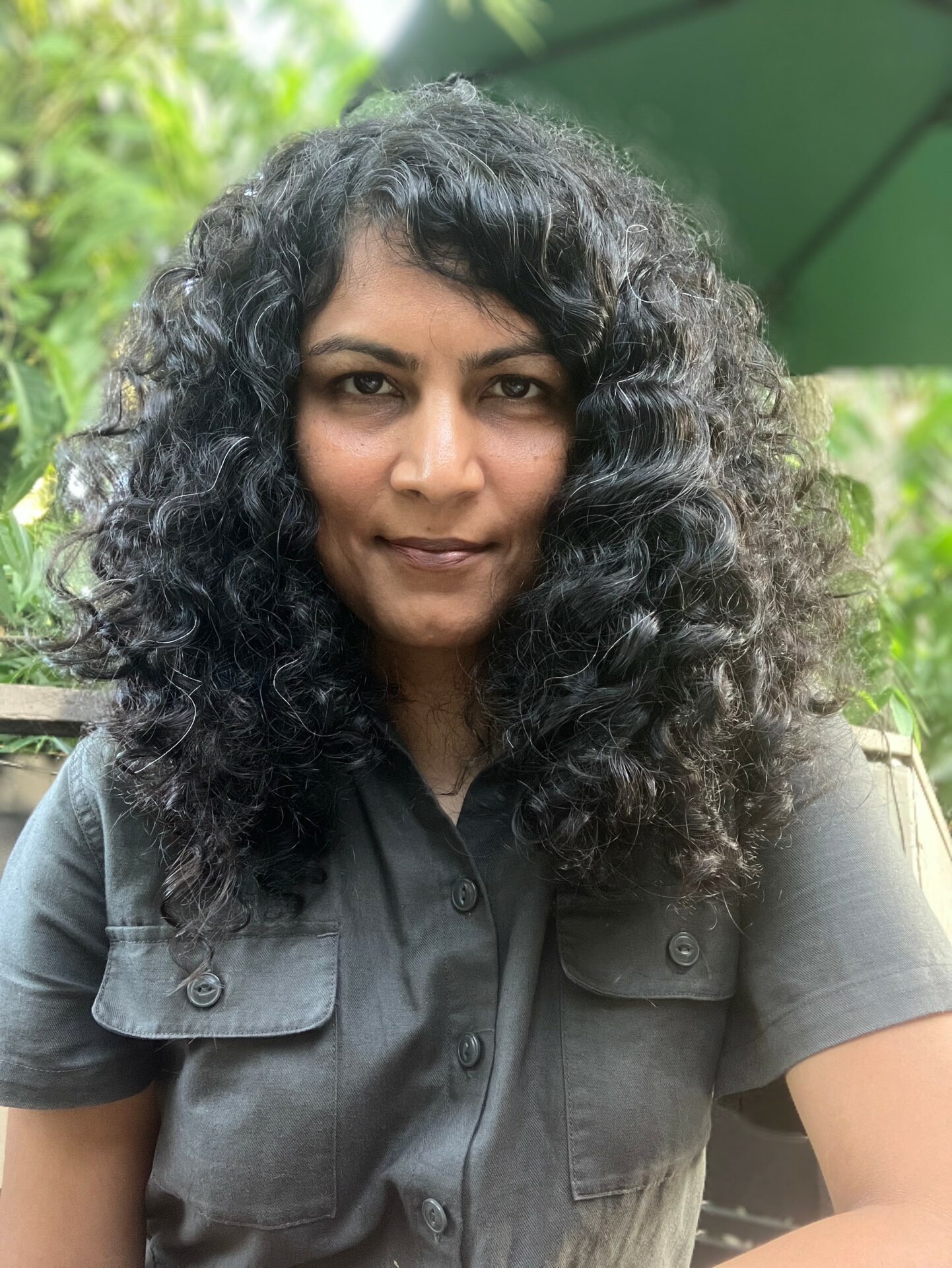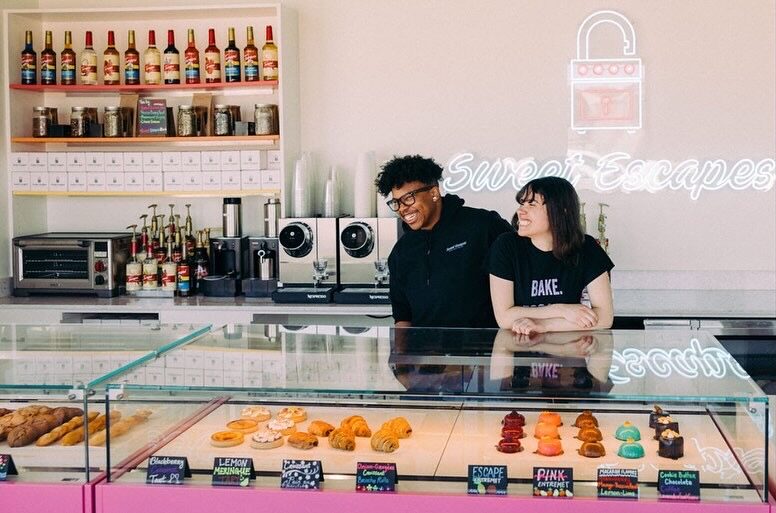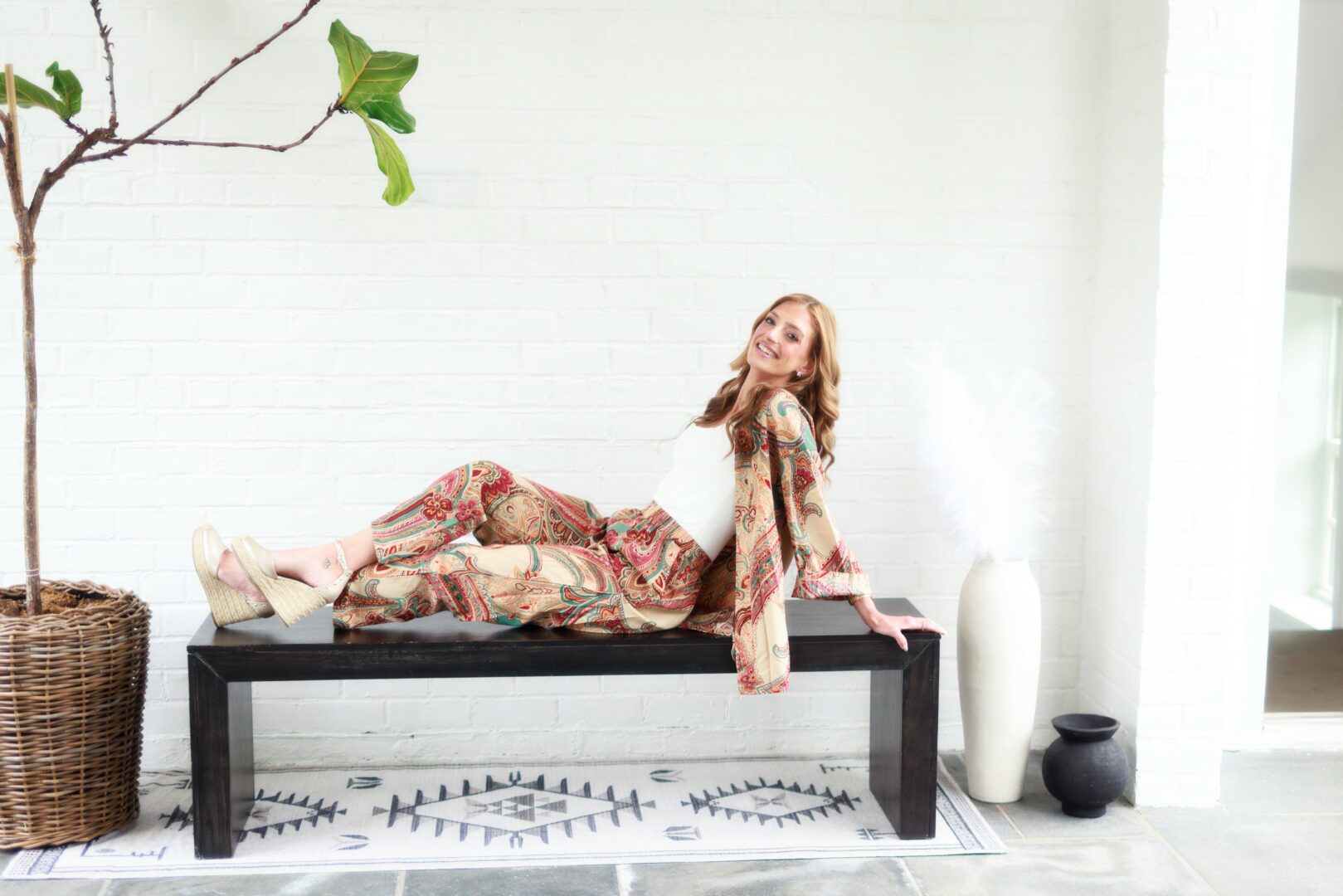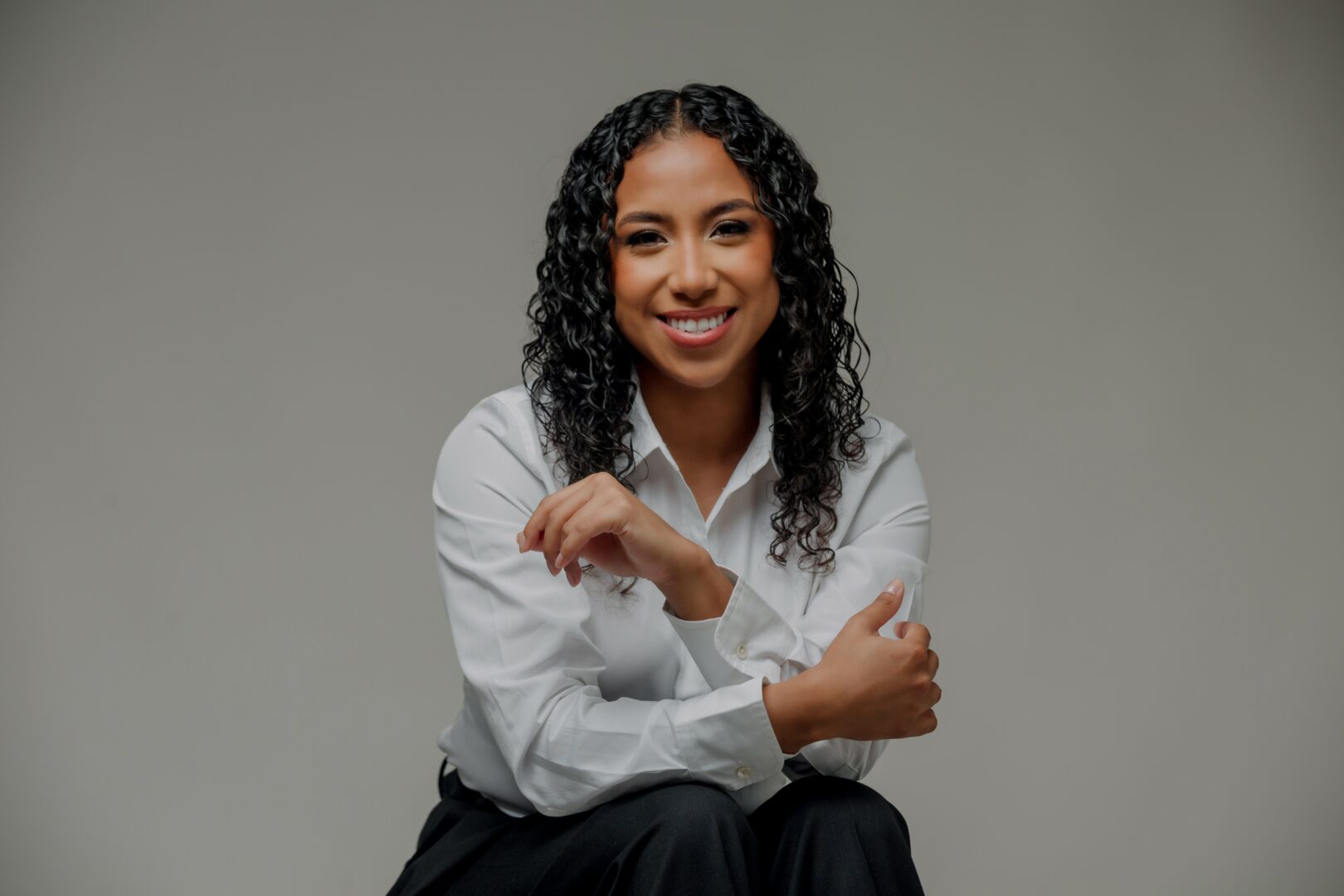Alright – so today we’ve got the honor of introducing you to Anisha Acharya. We think you’ll enjoy our conversation, we’ve shared it below.
Hi Anisha, so excited to have you with us today, particularly to get your insight on a topic that comes up constantly in the community – overcoming creativity blocks. Any thoughts you can share with us?
The process of editing is a bit like playing with building blocks as a child, the tower being the narrative of your film, and the blocks being scenes. And you’re maybe placing a wooden block over one made of Jell-O. You hope to make the tower stand tall, to represent something bigger than yourself, but you have the constant fear of it crashing over you. You build and break, again and again. You fear making the wrong move but all you can do is hold on to your block, carefully measure and position it over the next. At a certain point, you just have to let go and see what happens. There’s something quite beautiful, but also morbid about the process. In the end, all you see is either an effortless tower standing tall, or a tower that stands on its legs for a second before it comes crashing down, but you never get to record or see the effort that each block took to place. You know what it took, but you have to let that history go and be willing to try over and over. It can be relentless, but it often takes realignment of perspective and a nuanced understanding of characters and motivations, which you gain over time, to achieve something that once finished will hopefully look like it was always meant to be that way.
I try to deal with editor’s block by being patient with myself and the material I’m working with, and attempt to understand its genetics better. Sometimes that means stepping away and letting it marinate. Sometimes it means working on a different section and returning to the tough one later. Sometimes it means creating new prompts that inspire different versions that hopefully lead to new ideas. Sometimes it’s thinking and sometimes it’s feeling. Epiphanies often strike away from the editing desk, and not on the clock. You simply can’t force it, but also, deadlines do have a funny way of forcing it out of you.
Thanks, so before we move on, maybe you can tell us about what you do, and what you find exciting about it.
I’m a film editor and I work on scripted narrative and documentary feature films. The most exciting thing about my work is the process. In scripted narrative films, you get dailies, or footage shot that particular day, typically the next day, and you start to construct the film non-sequentially. So for instance, on the first day, you may be editing a scene from the end of the film, the middle of the film and the beginning of the film, shot that way because of scheduling, locations and actors. At these early stages, it’s really about understanding the language of the film. The actors are usually finding their footing and getting into their characters and you study them through the lens of where the narrative is coming from and going toward. The adage, “a film is made three times”, the third being during editing, is very evident in the process. You’ve read the script, you’ve had the conversations, you know what was intended. But new variables emerge through the process that end up reinventing the original intent. And as an editor, you find that new vision, based on the core intent, sometimes by following the grain of the performances and sometimes by deconstruction. And the process is different from scene to scene. What writers and actors do is incredibly vulnerable, and to observe, reach, and find nuances to construct a narrative that feels real in its world is challenging and exciting.
In documentaries, the process can vary. The director may lay out a path, a paper edit of ideas, scenes, or broad strokes about where to begin and where to end. The process is often a lot more amorphous and it’s surprising how many times the beginning can end up as the ending and vice versa. There’s a lot more experimentation and clay play of sorts – throwing things together to examine what juxtapositions yield interesting sculptures, while learning about people and attempting to represent their truth, which can be tricky business. The idea of journalistic integrity or truth can sometimes feel elusive. People are usually a lot more complex than their responses to a given prompt. By prompting, you’re already influencing a narrative and by juxtaposing, you’re already inventing one. It may be representative of a version of the truth but it can be hard to know with certainty whether it’s the absolute truth, whatever that even means. So, documentaries, I find, can weigh on you as an editor a lot more because you’re mostly dealing with representing real people and real stories. And yet, you cannot be constrained by the idea of truth. I do believe that as documentarians, no matter what you do, you’re representing a point of view, even when you present multiple. Or, if you’re lucky, you’re posing questions and allowing for multiple interpretations. In either medium, I try to understand the subjects as best as I can and rely on my instincts about what I respond to and find interesting.
I’m currently editing a scripted narrative feature called Bob Trevino Likes It, written and directed by Tracie Laymon. It centers around a people-pleasing young woman who, while searching for her estranged father online, unexpectedly forms a close bond with a grieving, childless man with the same name on Facebook. The film stars Barbie Ferreira and John Leguizamo, alongside French Stewart, Lauren “Lolo” Spencer and Rachel Bay Jones, who all have delightful performances.
If you had to pick three qualities that are most important to develop, which three would you say matter most?
There’s a lot of noise and desperation in the industry. It’s easy to feel like you deserve something because you’ve put in the work. And often, people tend to cater their form and performance based on the profile of people they work with. In my experience, it is a fool’s errand to size people up, to idolize or vilify. It’s best to allow room for people to fail and succeed, surprise and disappoint. Being level headed and working with the same degree of professionalism no matter the size of the project or people involved is the best way to make it about the work, which is what you’re good for, as an editor anyway.
Throughout the process of editing, you get a lot of feedback, and sometimes the kind you don’t want to hear. When you’re so close to the picture, you can easily lose perspective. If you attempt to sculpt the film to appease every viewer, you’d soon have no voice. It’s challenging to navigate the complex, often contradictory feedback you receive through the process of editing. You want to have conviction and intent about everything you do and honor the vision you began with, but you also need to allow room for surprise and explore what new interpretations can bring. Being open to accidental discoveries and new approaches keeps things fresh. It’s easier to try something and see whether it works or doesn’t, rather than over-intellectualize.
As an editor, you’re there to serve the film and the director’s vision. It’s best to leave ego out the door and to earn the trust of your collaborators so you can together focus on making the best version of the film you can.
Are you looking for folks to collaborate with? What do you look for when starting out on new projects?
I’m always looking for filmmakers to collaborate with. It’s exciting to push boundaries and work on projects of different genres and ways of telling stories. The birthing of each film tends to have unique complexities. I think what separates different stories are the unique journeys that those specific characters embark upon and their unique behaviors and inner lives. For me, the thrill of editing is the chase to create something of lasting value. Much of the lasting value for me personally has been in the form of the collaborations I’ve had. I love working with people who enjoy the process and its possibilities. Working with a director for 8-12 months can be a pretty intimate affair where your egos are exposed and you get down to the core of it and build trust. Can we spend time in the same room and enjoy it? A good friendship makes it all the more fun. And it’s just better to make these things while you enjoy the company.
Contact Info:
- Website: www.anishaacharya.com
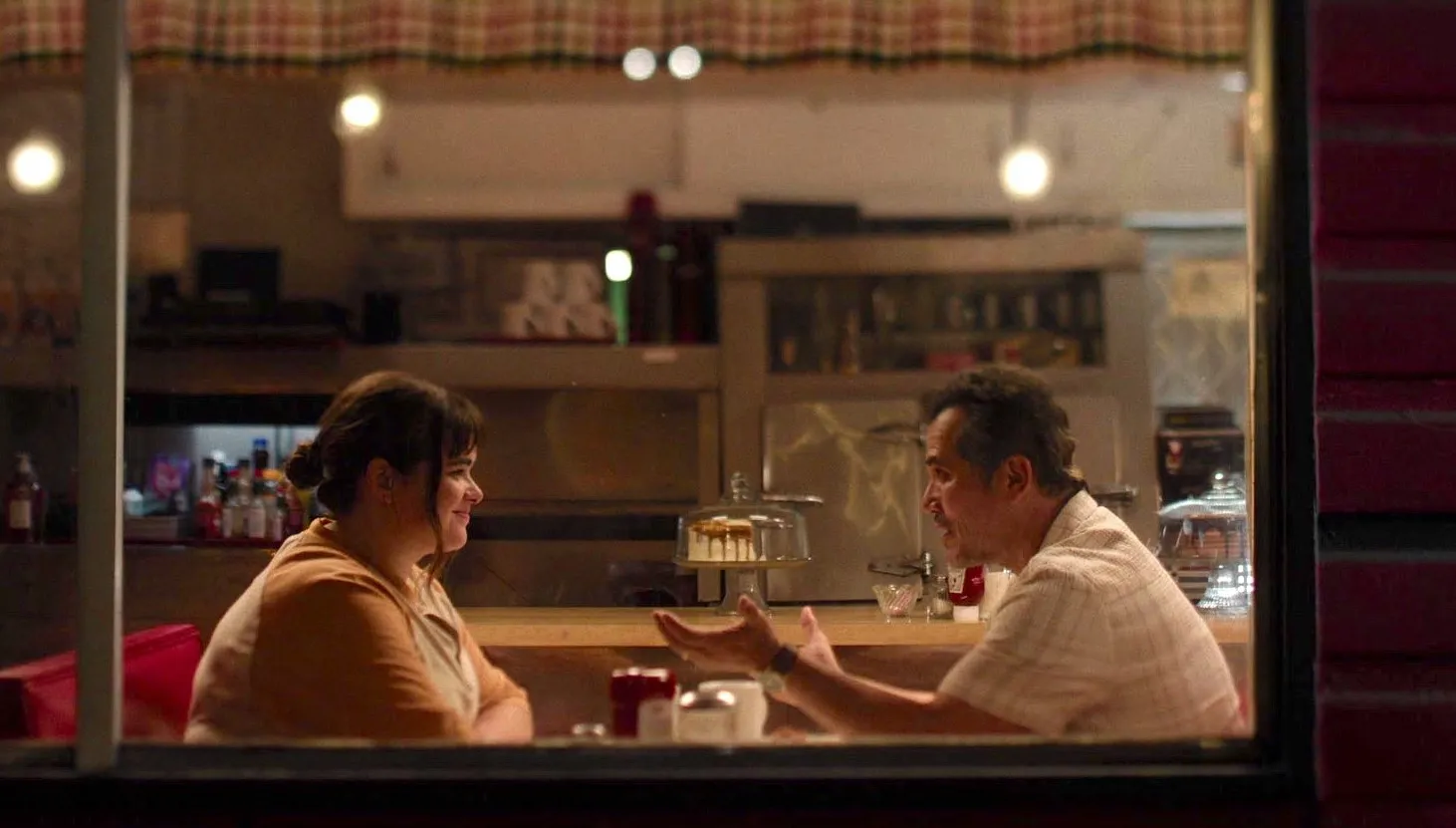 v
v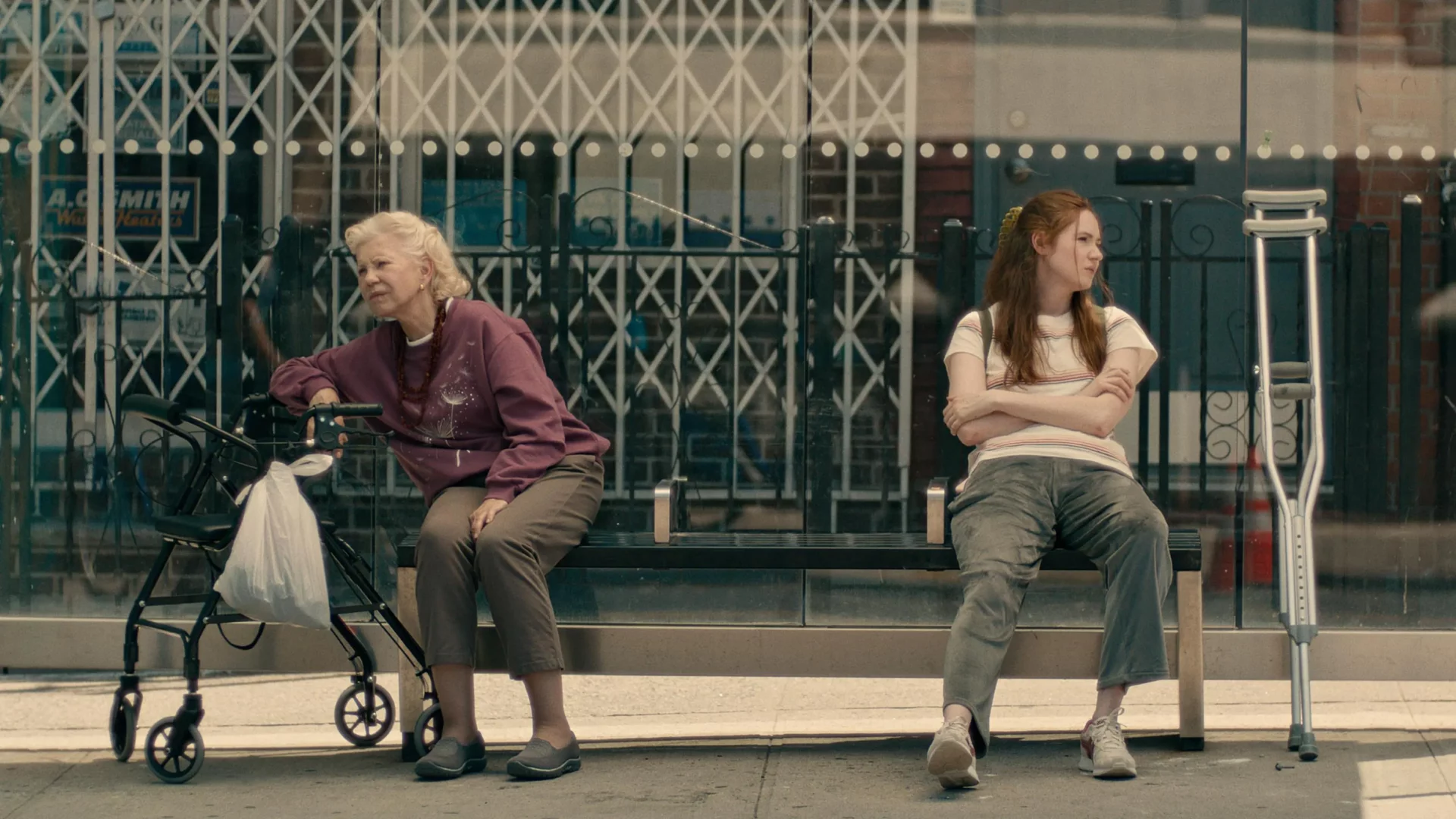
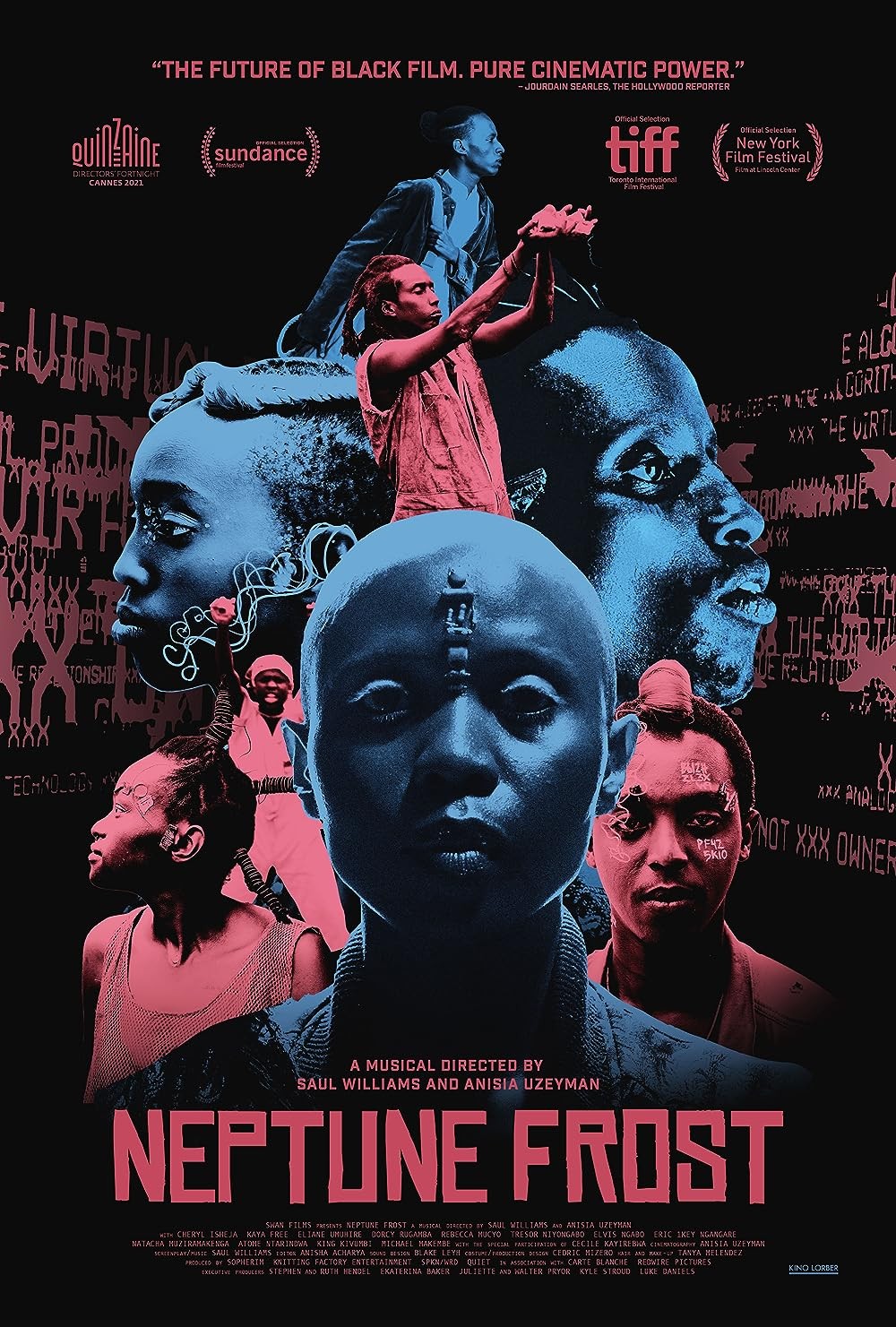
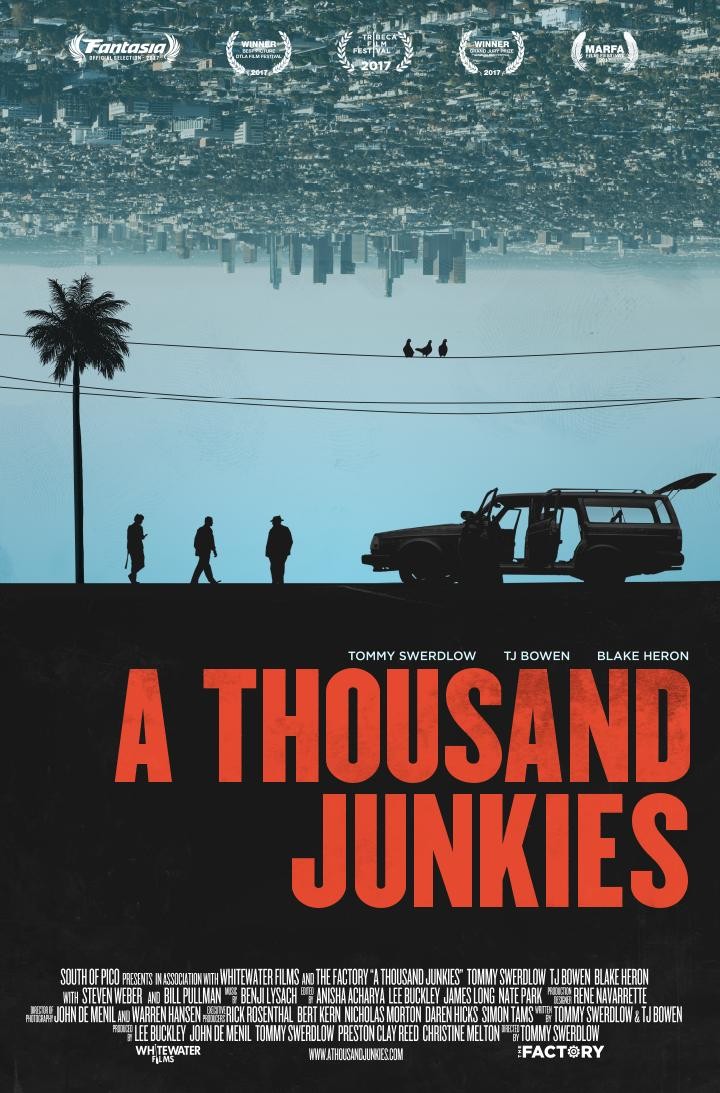
Image Credits
Still from “Bob Trevino Likes It” | Director of Photography: John Rosario | Courtesy of Chosen Family LLC.
Still from “Late Bloomers” | Director of Photography: John de Menil.
“Neptune Frost” Poster | Artist: Xan Black.
“A Thousand Junkies” Poster | Artist: Lee Buckley

